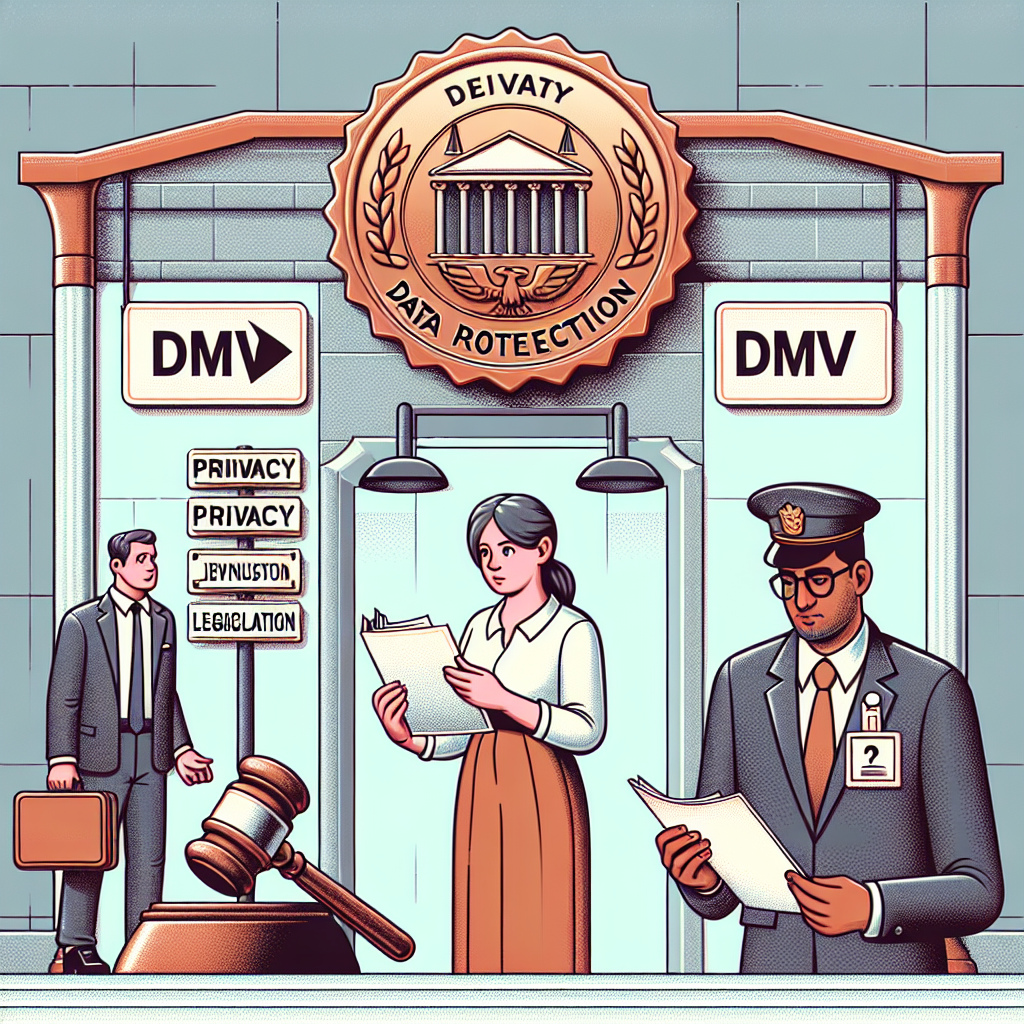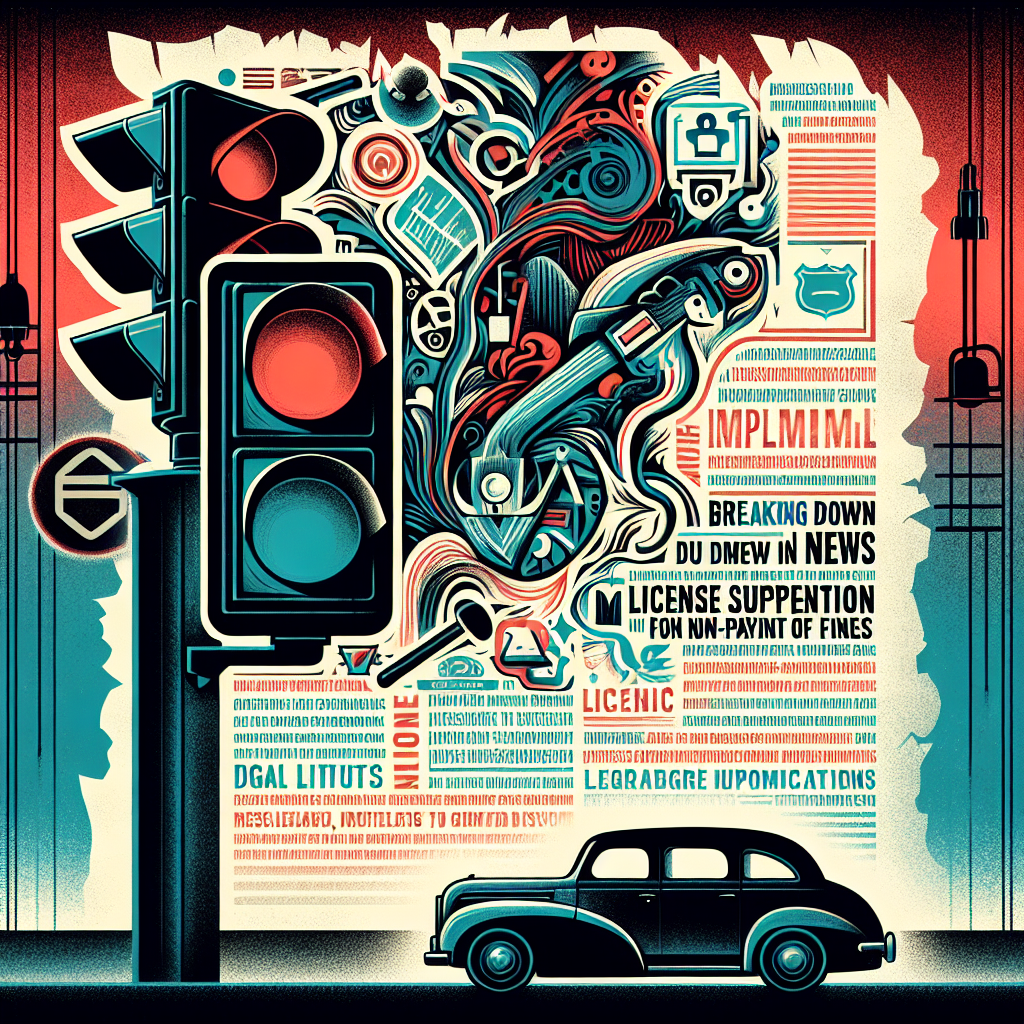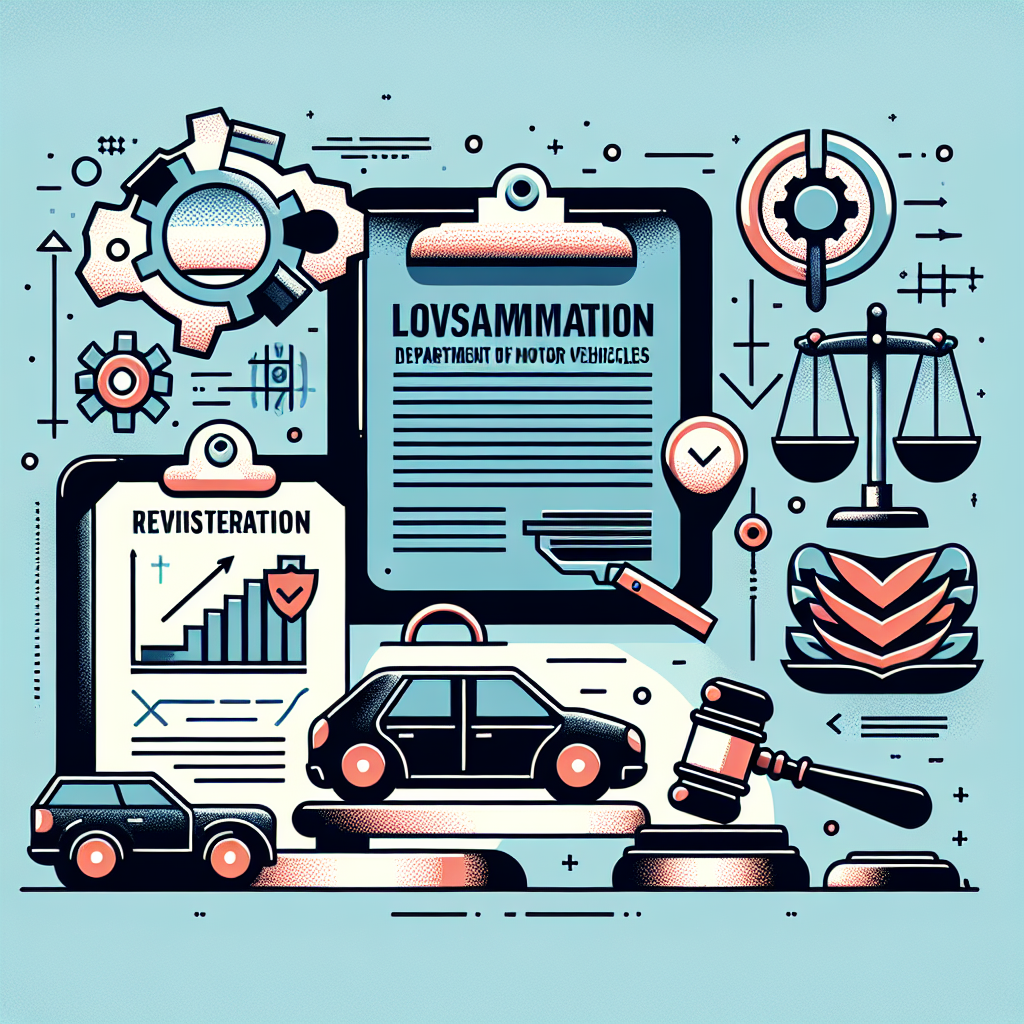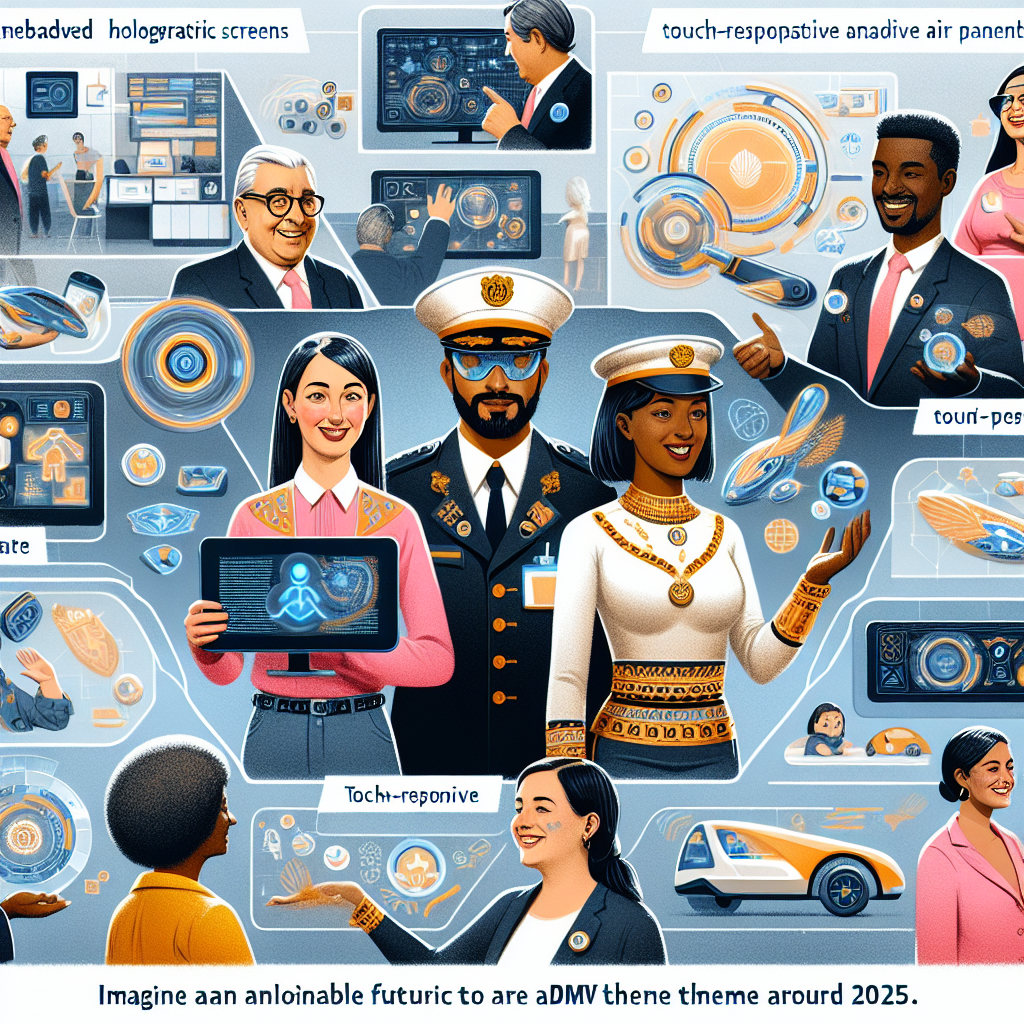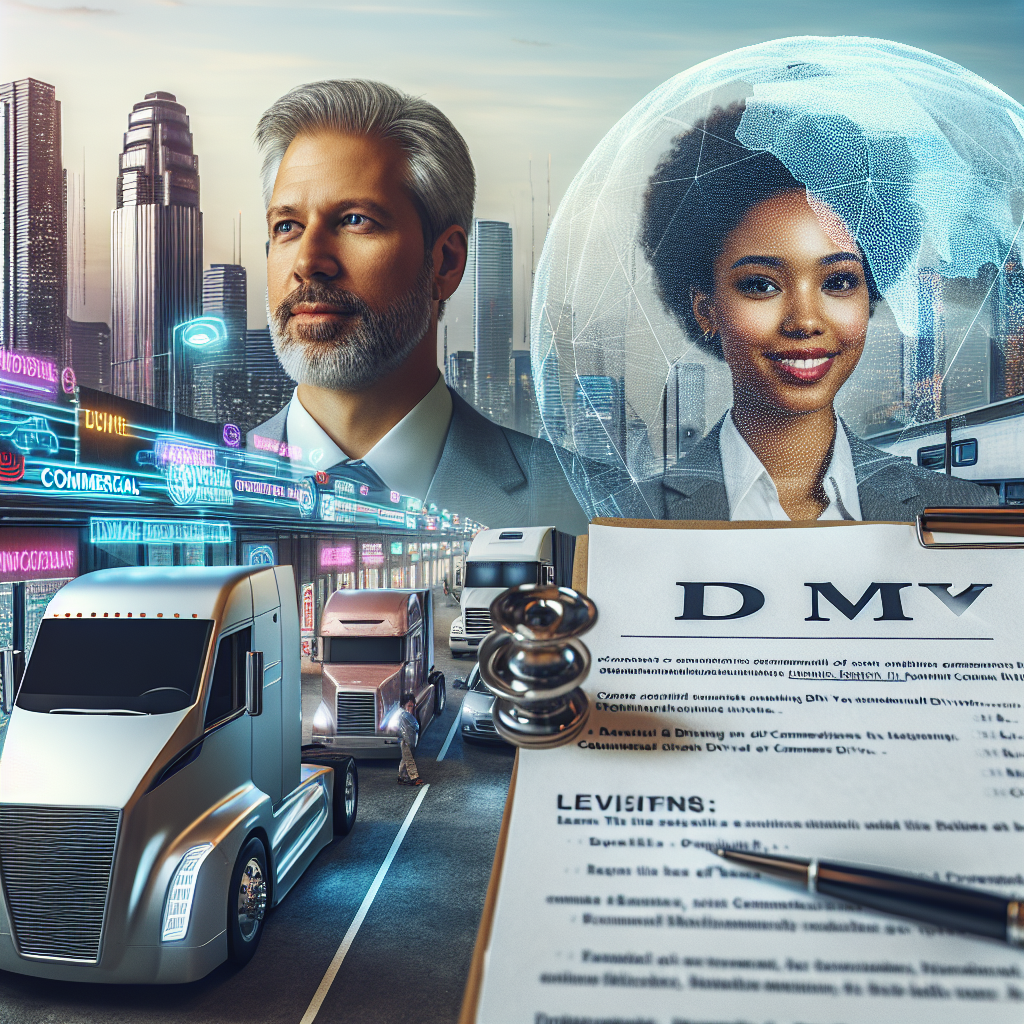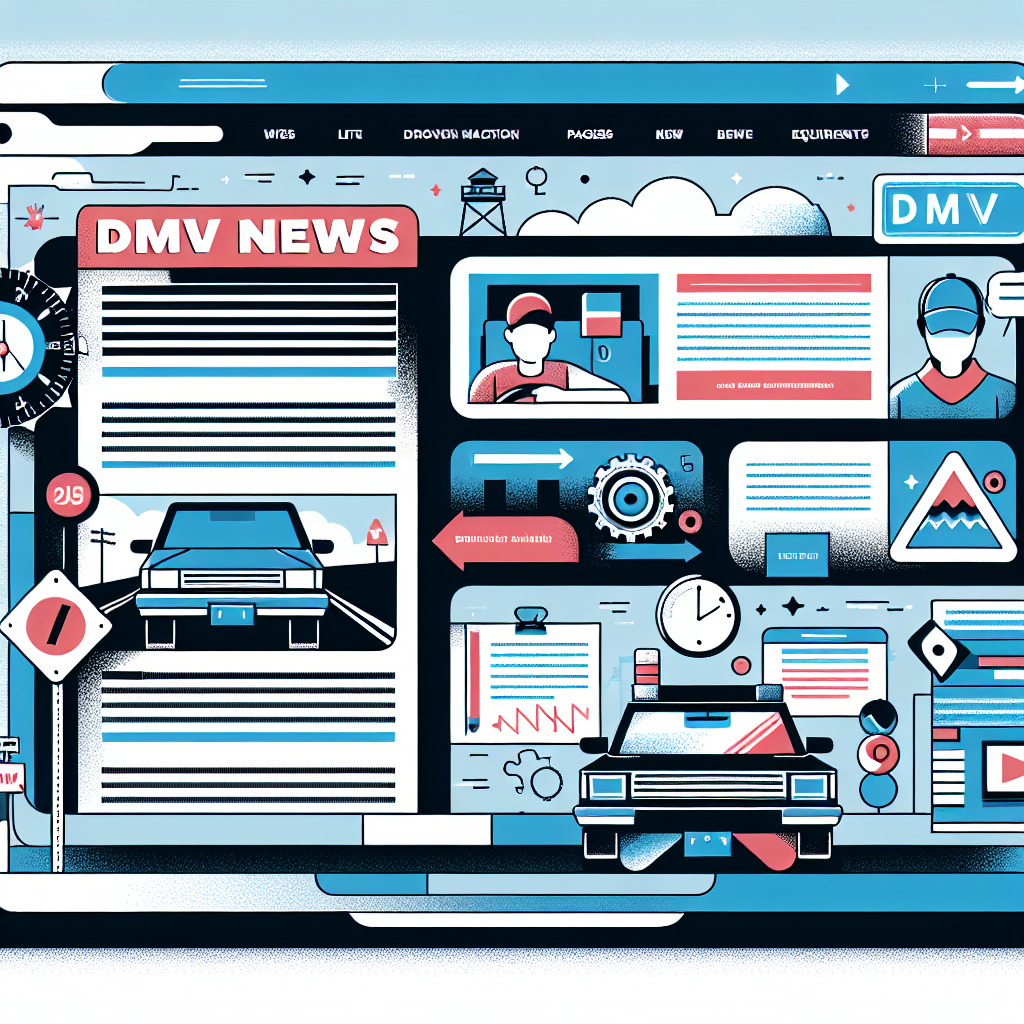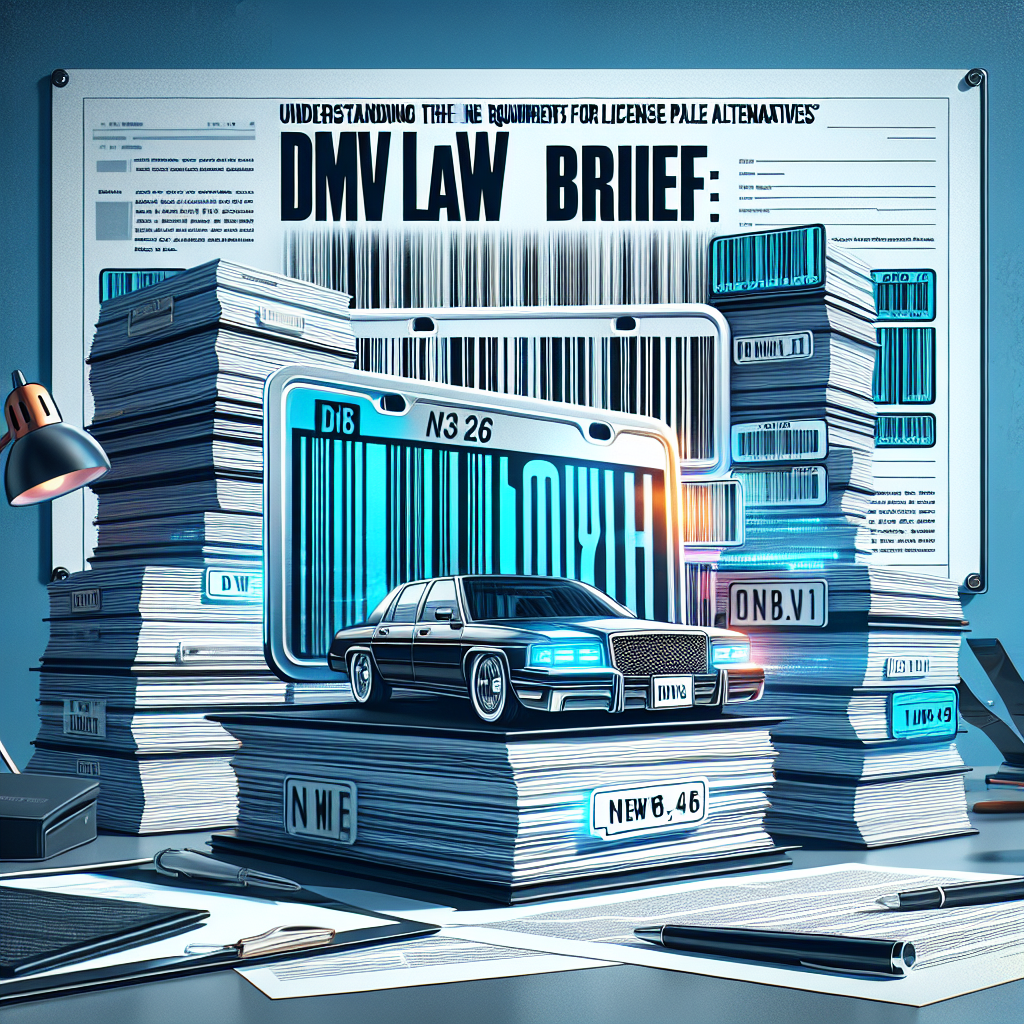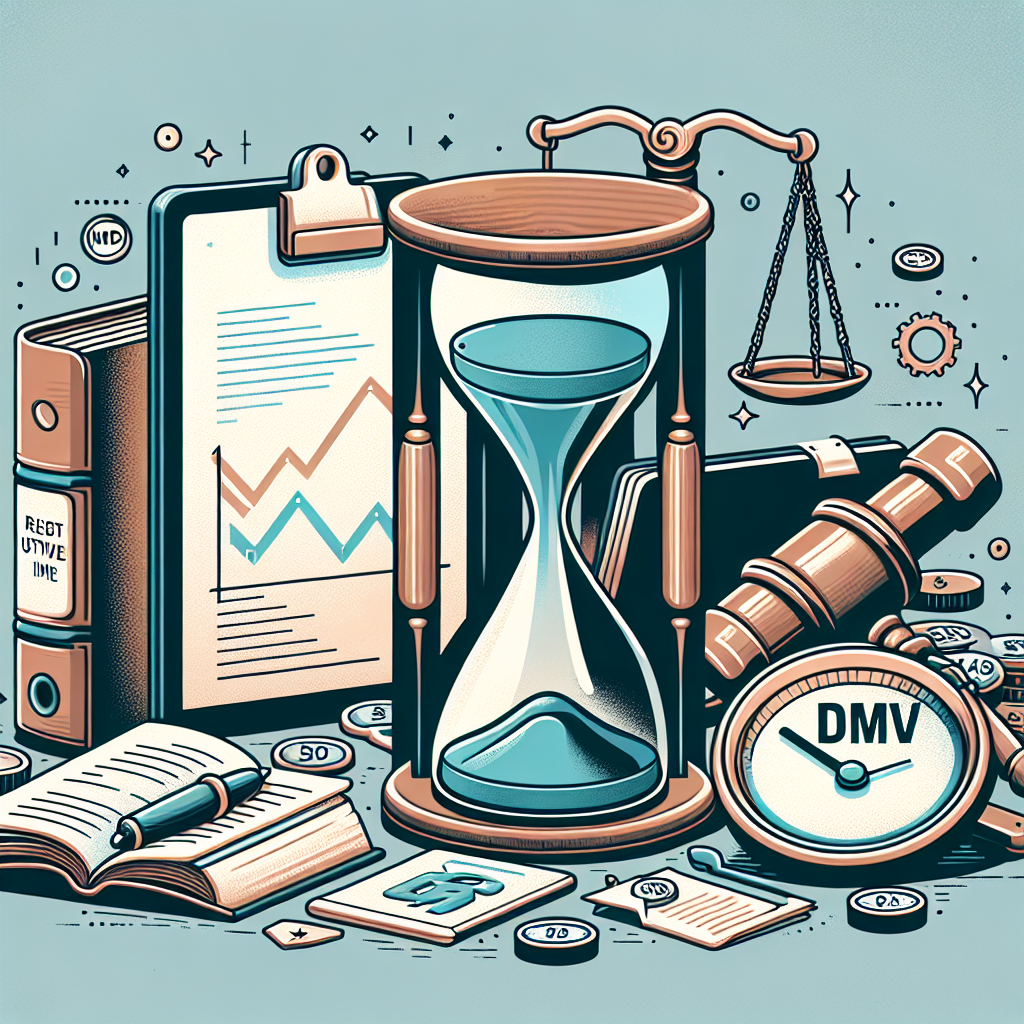DMV Legislative Update: How New Laws Protect Drivers’ Privacy and Data
Introduction
As our world gets more digital, keeping our personal information safe is really important. This is especially true for DMVs (Department of Motor Vehicles), which have a lot of our personal information. Recently, some new rules have been created to make sure drivers’ data is safe and used properly. This blog will tell you about these new laws and what they mean for drivers.
Why Drivers Worry About Privacy
DMVs collect lots of information about drivers. This includes important details like Social Security numbers, home addresses, and driving records. In the past, there have been problems with how this information was used, and sometimes people’s data was not kept safe. As technology changes, it’s important that the laws also change to protect drivers better.
What the New Laws Do
Several new rules are meant to protect drivers’ privacy and data. These rules make sure less data is collected, limit who can see the data, and ensure that drivers know how their information is being used. California, Massachusetts, and New York are some states that are leading these changes.
Specific Changes and What They Mean
Collecting Data
- Collecting Less Data: The new laws mean that DMVs will only collect information that is really necessary, so they aren’t storing more information than they need.
- Making Data Safer: The information collected must be turned into anonymous data and locked away securely, so it’s harder for people to see or steal without permission.
Sharing Data
- Who Can See the Data: Only certain people and groups are allowed to see DMV data now. This means there is a much lower chance of people’s data being stolen.
- Rules for Sharing with Others: If a DMV shares data with other companies, those companies have to follow strict rules to keep the data safe.
Being Open and Honest
- Telling Drivers About Their Data: DMVs must tell drivers how their data will be used and if it’s being shared with anyone else.
- Checking on DMVs: There will be regular checks to make sure DMVs are following the privacy rules.
How This Affects Drivers and Others
For drivers, this means their information is safer and they have more say in how it is used. However, DMVs now have to put some effort into changing their systems to follow these new rules. Companies that work with DMVs also need to make sure they are keeping data secure.
What’s Different from Old Laws
The new rules are a big change from the old ones. They offer better protection and have more specific instructions. But, it can also mean there is more work for DMVs and others to do.
What’s Next?
These new rules are important steps for keeping drivers’ information safe. In the future, there may be more rules that help protect privacy even better. Since technology and privacy issues keep changing, everyone has to keep paying attention to how things are done.
Conclusion
These new laws are really important for protecting drivers’ privacy. Drivers should know what their rights are and how their information is protected. We hope drivers will stay involved and talk to lawmakers about making privacy laws even better.
More Information
For additional informational resources, you can follow these links:
- Link to official legislative documents and summaries
- Recommended resources for understanding data privacy laws
- Contacts for further questions or concerns about DMV data protection policies
Call to Action
For all your DMV needs like vehicle registration or title transfers, contact Tags Clinic for fast and trustworthy service. No waiting in long lines required! Visit us at 3845 University Ave, San Diego, CA or call us at 619-777-9046. You can also book an appointment online by visiting our website. You deserve a hassle-free DMV experience!
